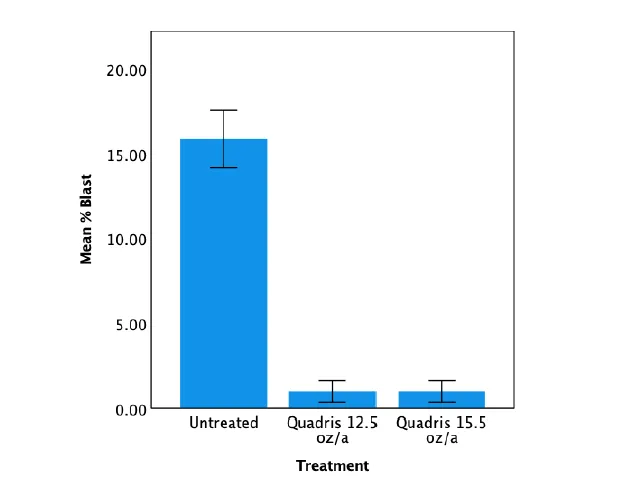This is a question I have gotten several times in the past few days. As rice starts heading, and given that the price of rice is bad, can we cut the fungicide?
The main reason to use a fungicide is to prevent diseases. The main disease we are worried about is blast. Blast can be devastating. However, we do not get blast every year. We did not see blast last year. But we did see quite a bit of it in 2023. So far, I have not seen any leaf blast this year. But that does not mean we won't see panicle blast. Weather conditions play a big role in blast development.
We know blast requires long periods of leaf wetness to produce infections. I have been monitoring leaf wetness at three sites this year. With the cooler weather this past couple of weeks, I was expecting to see longer hours of leaf wetness, but so far it does not seem that wetness has increased.

I do not know how many hours of leaf wetness are required under our conditions for blast to kick in. One model I use from Japan shows we would need 15-16 hours per night, but we are only getting 9 to 11 in the past couple of weeks.
After thinking about this and discussing with a couple of PCAs, the best approach this year might be to monitor the crop closely and do a treatment at the first sight of blast, if it happens. The challenge here is that azoxystrobin, the fungicide we use, prevents blast infection, buf if infections have already occurred, those will continue to develop. That is why it would be important to catch infections early, so new infections can be avoided.
Monitor closely as the panicles emerge. The critical time is from panicle emergence until the panicles start tipping. As the tissues mature, they are less susceptible to blast. If you see lesions on leafs or panicles, a fungicide will reduce incidence and help prevent more disease.
Remember that only M-210 is resistant to blast (well, M-521 is too, but that one is not being grown extensively). All other varieties are susceptible, with M-209 and M-105 very susceptible. Below are results of a trial from 2023 on M-211. Leaf blast was present at the time of application, which was done at late boot. % blast refers at % of panicles with a blast lesion.


